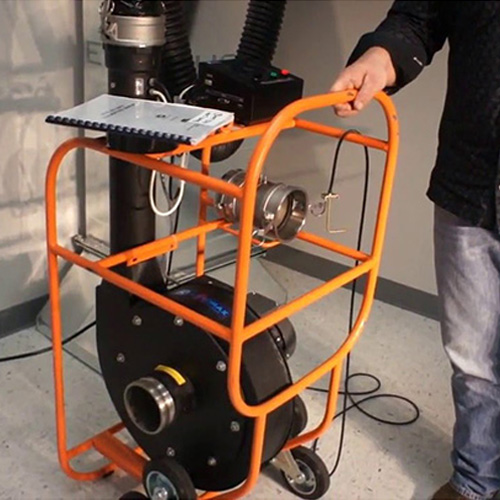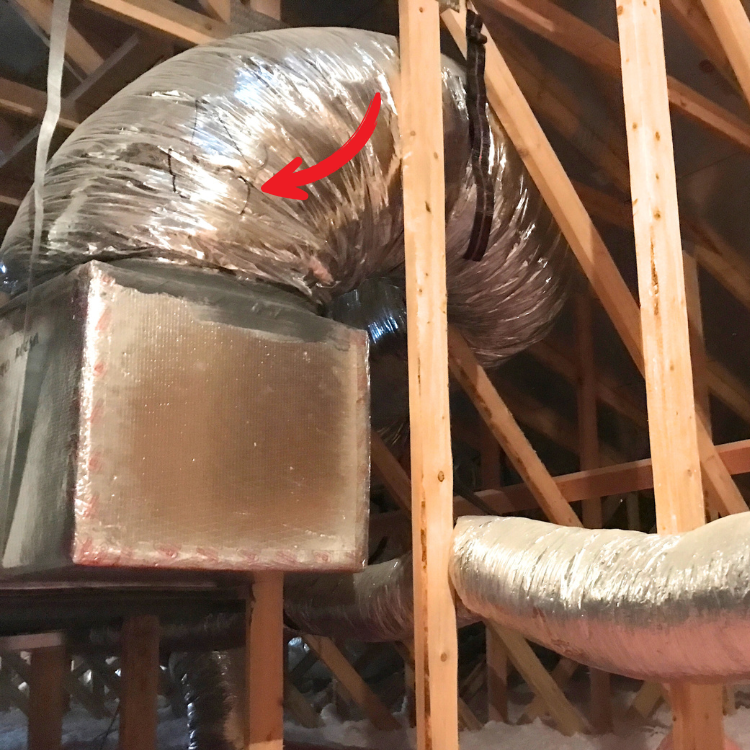Duct Leakage Testing Procedure

One might need duct leakage testing done in NJ to receive a certificate of occupancy according to new standards for 2025. If you don’t know about this requirement when purchasing a home, try and buy a home with a functioning central air system.
In houses with forced-air heating and cooling systems, ducts are used to distribute conditioned air throughout the house. In a typical house, however, about 20 percent of the air that moves through the duct system is lost due to leaks, holes, and poorly connected ducts. The result is higher utility bills and difficulty keeping the house comfortable, no matter how the thermostat is set.
What Is a Duct Leakage Test?

Our homes in New Jersey are equipped with HVAC systems that make the living spaces comfortable for us. Unfortunately, one can have an expensive HVAC but with poor conditioning performance. There is a good chance that the problem is that duct work is leaking air. The air leakage can be a result of a puncture in the metal or flex ducts. When the air escapes the duct work it will reduce the air flow into the structure’s living spaces. Besides the HVAC systems’ poor performance, faulty or puncture ductwork can draw in dust, pollutants, mold, and allergens.
Once those unwanted elements enter the homes venting, they can be dispersed all throughout the living space negatively impacting the indoor air quality. A duct leakage test will depressurize the ductwork and determine how much air is leaking from the vents and the ducts. The certified duct leakage professional will seal all vents to conduct the test. The score for new construction should be less than four CFM (cubic feet per minute) while an older home can be within ten CFM.




